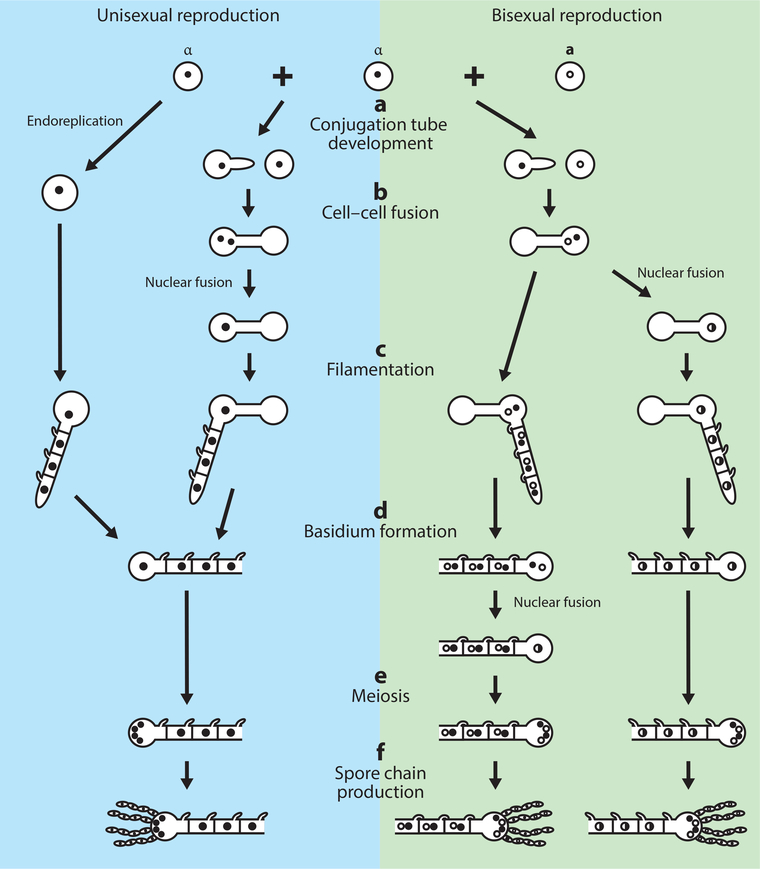Figure 2. The sexual cycle of pathogenic Cryptococcus species.
Cryptococcus pathogenic species can undergo both unisexual (involving only one mating type) and bisexual reproduction (involving two opposite mating types), depicted in the blue and green shaded boxes, respectively. Following mate-recognition in the appropriate environment, one mating partner produces a conjugation tube that grows toward and eventually fuses with the mating partner. Following cell-cell fusion, a filament protrudes and continues to grow, eventually differentiating into a basidium at its terminus. Meiosis then occurs within the basidium and the meiotic products undergo repeated rounds of mitosis, budding from the basidium as four basidiospore chains. In bisexual reproduction, nuclear fusion can occur at various phases: in C. deneoformans unisex, nuclear fusion can occur post cell-cell fusion before filamentation; in C. deneoformans bisexual reproduction, nuclear fusion can occur post-cell-cell fusion prior to filamentation or within the terminal basidium; in C. neoformans bisexual reproduction, nuclear fusion occurs in the basidium. If nuclear fusion occurs post-cell-cell fusion, the subsequent filament is monokaryotic with unfused clamp cells. If nuclear fusion occurs within the basidium, the prior filament is dikaryotic with fused clamp cells. An alternative mechanism of C. deneoformans unisexual reproduction can occur within a single cell in which the nucleus undergoes endoreplication; this pathway is depicted on the far right.

